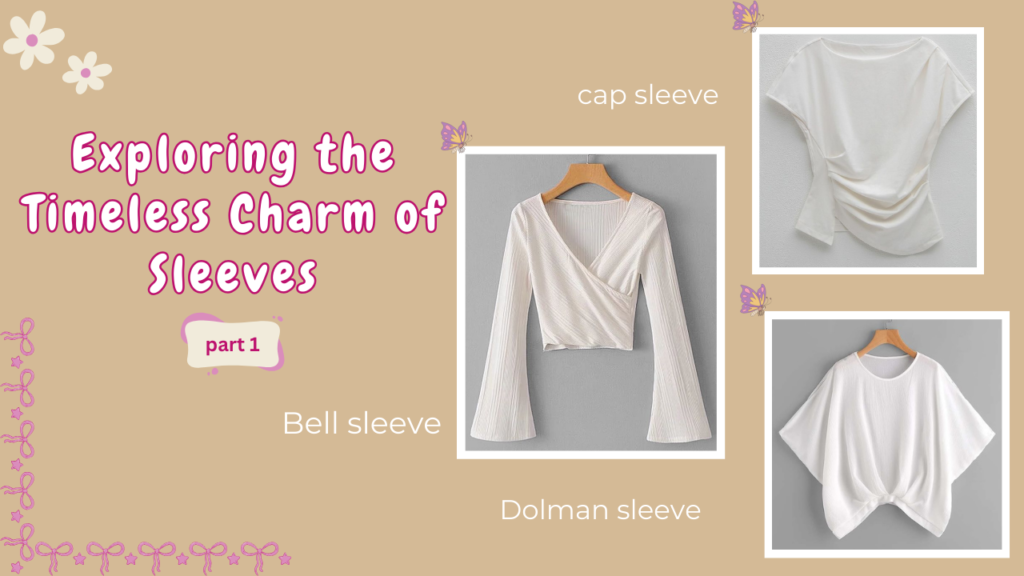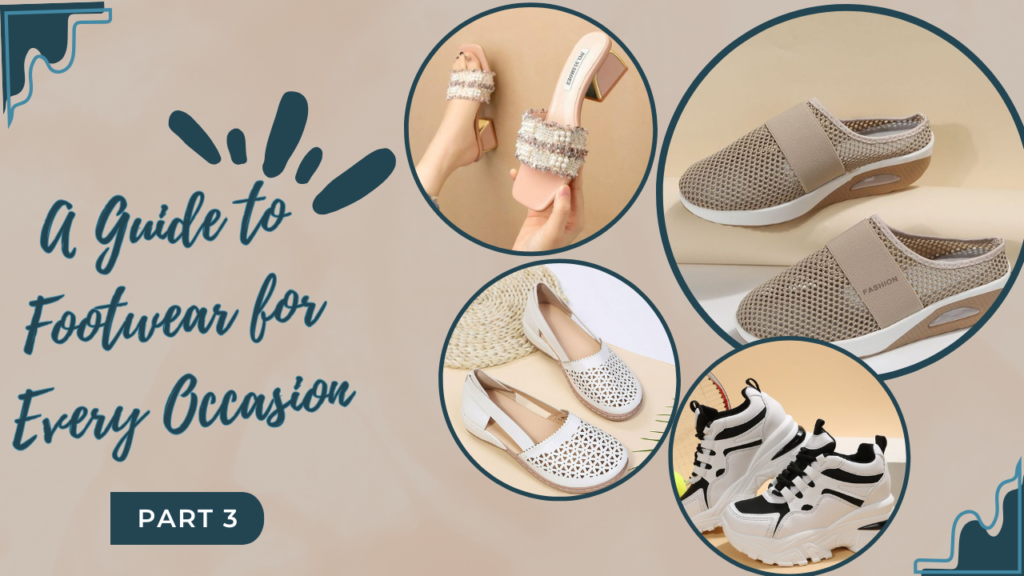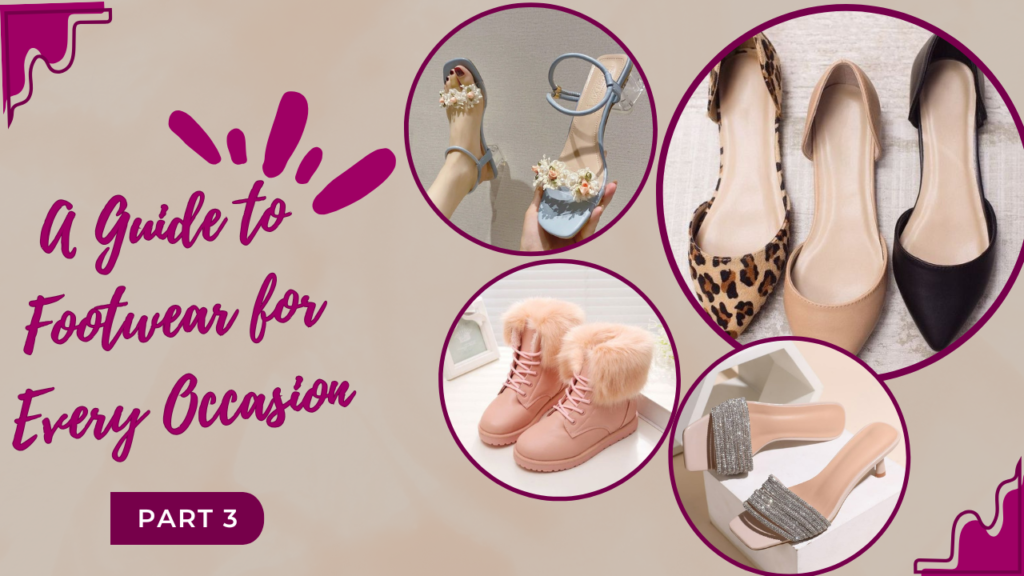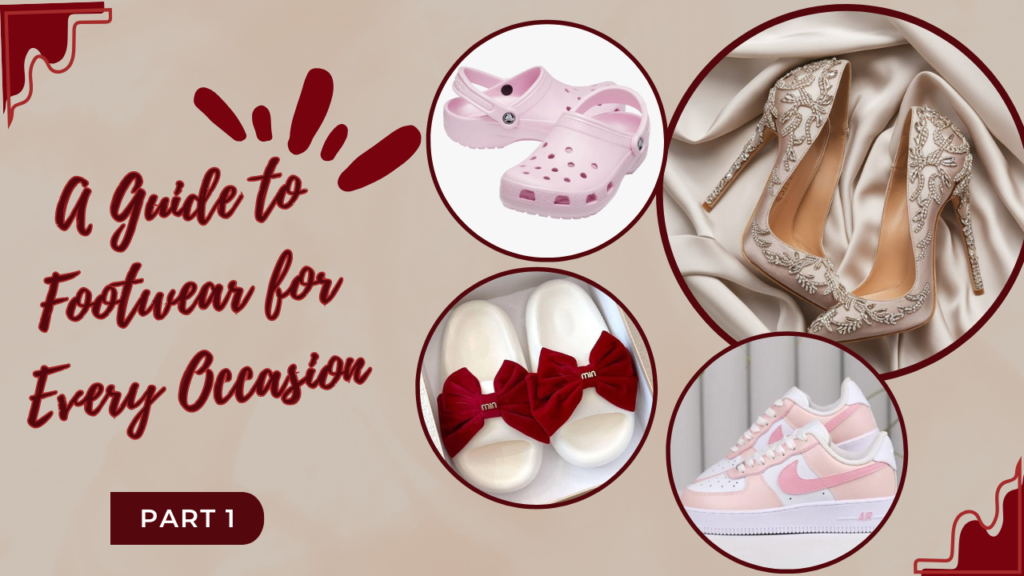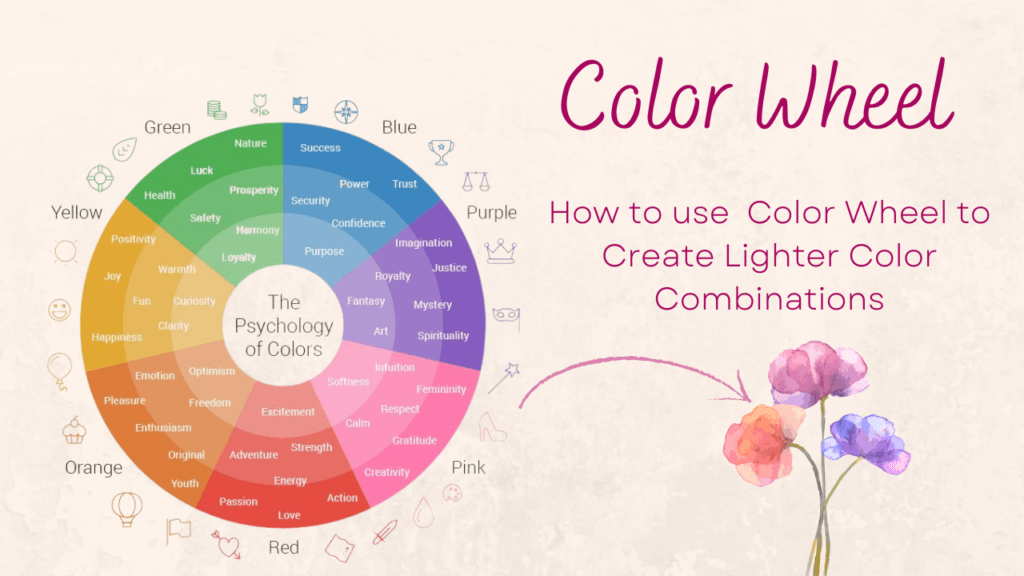The Ultimate Guide to Elegant Sleeve Styles: Gathered, Tulip, and Swallowtail Sleeves
The gathered sleeve is a timeless design that adds volume and texture to a garment. Characterized by fabric being gathered into a tight seam, the gathered sleeve creates a billowing effect from the elbow to the wrist or shoulder. This style often features extra fabric that is sewn into small pleats or gathers, giving the sleeve its characteristic puffed look. Key Features: Volume and Dimension: The gathered sleeve adds fullness, making it ideal for creating a more dramatic or romantic silhouette. Versatility: This sleeve style can be found in everything from casual blouses to elegant dresses, making it adaptable for both day and evening wear. Classic Appeal: Popular throughout the centuries, the gathered sleeve has been a hallmark of both historical and modern fashion. It has often been used in period costumes and continues to make its mark in contemporary designs. Styling Tip: Gathered sleeves work wonderfully with minimalist or tailored outfits, as the fullness of the sleeve creates a focal point while maintaining a balanced overall look. 2. Tulip Sleeve Named for the shape it creates, the tulip sleeve is a beautiful and feminine design that features overlapping layers of fabric, often at the top or sides of the sleeve. This sleeve style is reminiscent of the delicate petals of a tulip flower, with the fabric forming soft curves and edges that create a graceful, almost sculptural effect. Key Features: Petal-Like Shape: The tulip sleeve is defined by its soft, rounded overlap of fabric that mimics the petals of a tulip flower. Elegance and Movement: The design allows for natural movement and flow, offering a fluid and delicate appearance, ideal for evening wear, weddings, or romantic settings. Flattering Fit: The tulip sleeve draws attention to the arms while remaining airy and flattering, making it a favorite for those looking to add a feminine touch to their outfit Styling Tip: The tulip sleeve pairs beautifully with fitted or pencil skirts, as the shape of the sleeve contrasts with the structured bottom half of the garment. It also works well with soft, flowy fabrics like silk or chiffon. 3. Swallowtail Sleeve The swallowtail sleeve is an attention-grabbing, dramatic sleeve style that features long, flowing points that trail down toward the back or sides of the arm. Resembling the tail of a swallow bird, this sleeve style is both whimsical and bold, often seen in avant-garde fashion or runway collections. It is perfect for adding flair to a garment while maintaining an air of sophistication. Key Features: Distinct Points: The swallowtail sleeve is typically longer at the back and shorter at the front, creating a layered, asymmetrical look with pointed extensions. Fluid and Graceful Movement: The length and flow of the swallowtail sleeve create an elegant sense of movement, as the fabric trails behind or to the sides, almost like a flowing cape. Avant-Garde Aesthetic: This sleeve is most commonly associated with fashion-forward, high-fashion designs, though it can also be found in special occasion garments like capes or gowns. Styling Tip: To make the most of a swallowtail sleeve, pair it with minimalist or fitted pieces. The dramatic sleeve itself becomes the statement, so you can keep the rest of the outfit simple to allow the sleeve to shine. Conclusion The gathered sleeve, tulip sleeve, and swallowtail sleeve are all unique and bold options that can elevate any outfit. Each sleeve style brings its own sense of movement, elegance, and drama, giving designers and wearers alike the ability to express creativity and individuality through fashion. Whether you’re looking for something soft and romantic like the tulip sleeve, full and voluminous like the gathered sleeve, or dramatic and avant-garde like the swallowtail sleeve, these styles offer endless possibilities for design and personal expression. You said:





